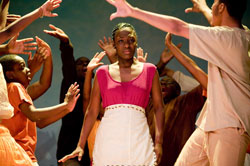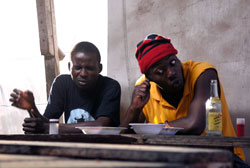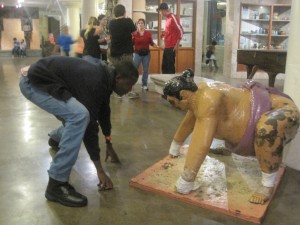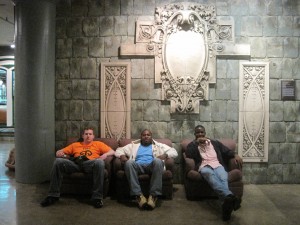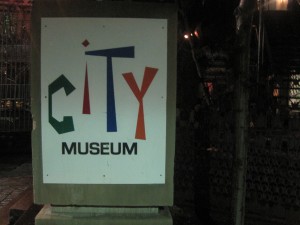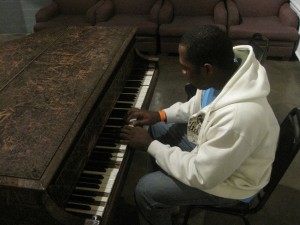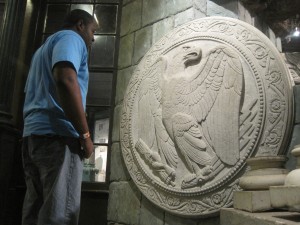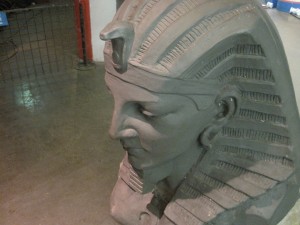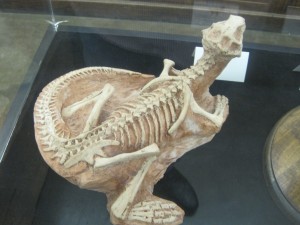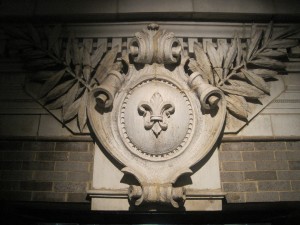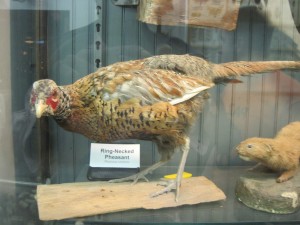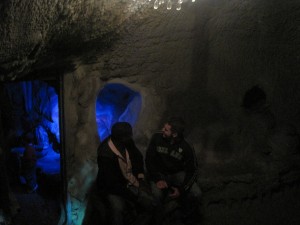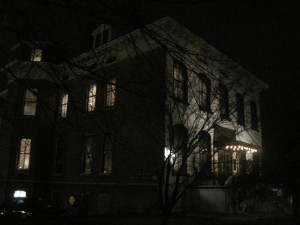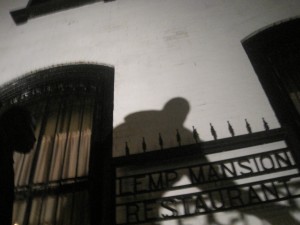This is a guest-post by Temitayo Olofinlua, who recently won the WLP essay competition in NY. She is also a co-administrator of the Bookaholic Blog, and she sends this from Lagos, Nigeria. Today is Mother’s Day in every other part of the world except the United States, I think, so this piece is just as apt. I can relate to much of what she says. How many of us have mothers like that? Also for one more thing: tomorrow is my mum’s 60th birthday. Enjoy the piece. Previous guest-posts can be found here.
___________________________
 My mum and I are not best of friends. Yes, are you surprised? We are not. And we are not enemies. I am always amazed when other young women talk about and with their mothers—you can see that they are companions, almost like sisters. But not so with my mine, the equation is simple—she’s my mother and I am her daughter. Every time we are together, people say we look alike, she smiles but I don’t think so. Sometimes, I go and take a look in the mirror and I wonder to myself “where is the similarity now?”
My mum and I are not best of friends. Yes, are you surprised? We are not. And we are not enemies. I am always amazed when other young women talk about and with their mothers—you can see that they are companions, almost like sisters. But not so with my mine, the equation is simple—she’s my mother and I am her daughter. Every time we are together, people say we look alike, she smiles but I don’t think so. Sometimes, I go and take a look in the mirror and I wonder to myself “where is the similarity now?”
When I was growing up, I felt my mother was too wicked, in fact sometimes I had some secret thoughts that maybe she was not my mother, that maybe I was adopted. Listen to this: how else can you explain your mother not allowing you to go out to play even after doing your home work? How can you explain the look she gives you every time she has a visitor and you just want to sit there to pick the adults brains—you know that look, don’t you? Or how do you explain it when she just emerges from nowhere when you are about to start watching your favourite soap opera? Or the trouble that she starts when she notices the boy that escorts you home from school? There is dinner but it just does not go down well because all is not well between the two of you.
Time to go to university came with much excitement but it was also advice time. “Remember the child of whom you are…be a good girl and don’t do what I wouldn’t do.” I looked at her when she said this (not that I intend to do anything other than enjoy my freedom once gained) as I remembered her pictures from way back: the high-heeled apolas, the thick dark afro shining with oil from sheen, the short mini-skirts and gowns that rocked many parties. “Men, they are dangerous, be careful and don’t trust anyone completely; put your trust in God alone.” “Yeah right, you had your time, let me have mine” I thought to myself. Today, I know better and understand that she was talking from experience and that’s one thing I didn’t have.
My Mum is no longer fashionable: she does not use lipstick, she uses lip balm (Robb during harmattan); she does not use mascara, she uses only a black eye-pencil thinned over her brows; she does not wear off-shoulders, the traditional iro and buba would do; she does not shave her eyebrows, why should you tweak God’s work? She does not believe in trends, she wears what she wants, however it fits; she does not believe you should starve yourself to get that ‘star’ look; she eats what she wants, however and whenever. I fear that I am like my Mum in this regard—I am not fashionable. Unlike most young ladies my age, I am what you call conservative when it comes to fashion. It took a while before I started wearing trousers, spaghetti straps (sleeveless clothes of whatever form) and short skirts (that means in any way above the knee); mini-skirts are a no-go-area. I am not an ‘SU’ or some extremely holy sister who yells ‘bless you’ at the unpardonable sinners. For me, wearing a cloth comes with a lot of internal conditioning: if I am not comfortable seeing myself in it; there’s no how I’d wear it as a part of me would feel it is ugly no matter what compliments I get. So you see I may be as old school as my Mum.
Recently, I have been looking within and discovering that we are not as different as I thought. We are similar in other ways: our long beautiful dark hair; our self-will to achieve anything we set our hearts to; our laughter, loud without concern that we will wake the house. Now as she grows in years, the bond seems to get stronger; she is keener on seeing her once little girl grow into a courageous young woman “there’s nothing you can’t do, YES YOU CAN my dear.” She says in the Obama spirit beaming with a smile after I told her about my plans for the year. I have come to love my mother despite our differences. She is the best Mom in the world… (I no get choice abi?). But despite all odds, I will be her daughter again in a second life! I am more than sure that she loves me, and wants the best for me too.
______________________
You can find Tayo here on twitter.
Happy Mother’s Day too my mum, and all mothers and aspiring mothers out there. You make life worth living.
